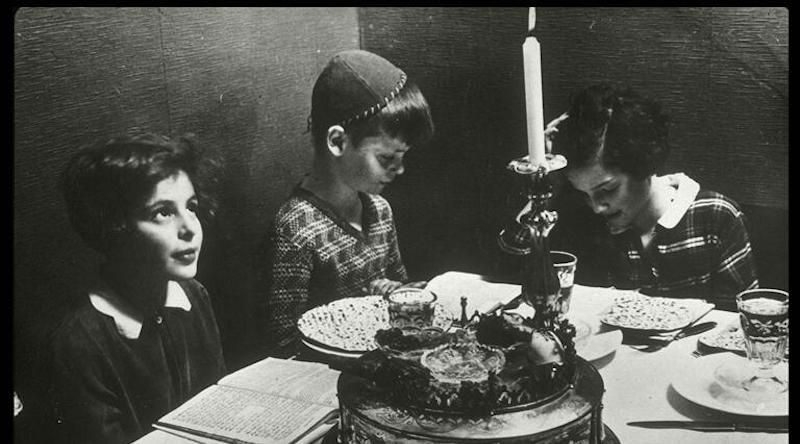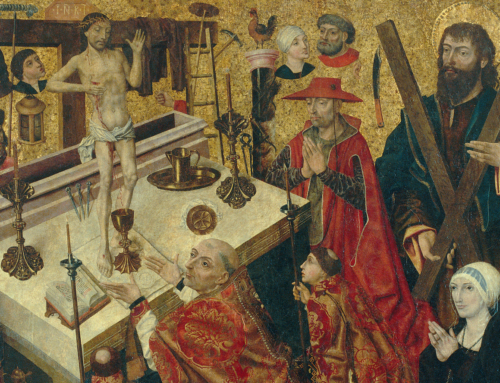Why is this night different from every other night? Every year, I recited this question as the youngest child at our family’s Passover Seder. This privileged role was a blessing for me when the Jewish side of the family gathered for the holidays. This question is the first in a short litany of questions that are traditionally chanted or read by the youngest at the seder table. Over the centuries, the number of questions has changed, yet each question seeks in a different way an answer to the childlike wonder of the first. This same wonder can help us enter more deeply into the mysteries of these Christian high holy days.
In life, we can question many things. Yet, in the final stretch of Lent, as everything seems to ramp up during Holy Week, I am most perplexed by today—the oddly ordinary Tuesday of Holy Week. Caught between Palm Sunday and the Triduum, there does not seem to be anything special about Tuesday. Even tomorrow is set apart as “Spy Wednesday,” commemorating Judas’ betrayal. And Monday? Although some traditions differ, I always knew it as “Fig Monday,” when, as related in the Gospel (Mark 11:1-14), Christ cursed the fruitless fig tree the day after his entrance into Jerusalem. Thus, in comparison with the other memorably-named days of the week, “Tuesday of Holy Week” stands out as rather prosaic.
The name is not the only quandary. The readings for the day are also surprising, for we find Christ already near the end of the Last Supper. While the disciples revel in the night’s festivities, our Lord sits “deeply troubled” with the knowledge of the coming hours (John 13:21): they, whom he has considered his closest friends, with whom he has just fed with his own Body and Blood, will betray, deny, and abandon him to be slaughtered.
On reflection, however, it is fitting that we meditate today on Saint John’s account of the evening. As the youngest of the disciples, John drew near the heart of Jesus and, like a child at seder, asked him questions about that night. On the night of Passover, the meal serves as more than simply a recounting of the Exodus story. It offers an opportunity to enter into and re-present the redemption of the Israelites to a new generation through food and posture. For Christians, these are but “shadows of the good things to come” in Christ (Heb 10:1). Yet, as the mysteries of our salvation loom near, we too must draw close to the Master, who has “revealed them to little children” (Matt 11:25).
While the seder I celebrated as a child has developed considerably since the first century, the meal in our gospel today, the new Paschal banquet, shares striking similarities: from the disciples’ questions to the dipping of the morsel given to Judas. Yet the end of the seder, the afikoman, provides another morsel for us faithful to chew on. As the last food a Jew is permitted to eat that night, it is accompanied by a playful tradition for children, intended to incite them to stay awake for the entire meal. In my family, my grandfather would hide a broken portion of the matzah, the Passover unleavened bread, for the small children to find. Although it was simply bread, I sought it out like a treasure. In today’s gospel, after Judas has departed, our Lord offers his own afikoman—himself: “My children, I will be with you only a little while longer. You will look for me, and as I told the Jews, ‘Where I go you cannot come,’ so now I say it to you” (John 13:33).
Departing the Upper Room that night, our Lord, concealing his divinity in human flesh, offered his body to the guards to be broken and beaten. Emptying himself out on the Cross, he hid himself in the tomb. It may still be Tuesday, but will you look for him?
✠







